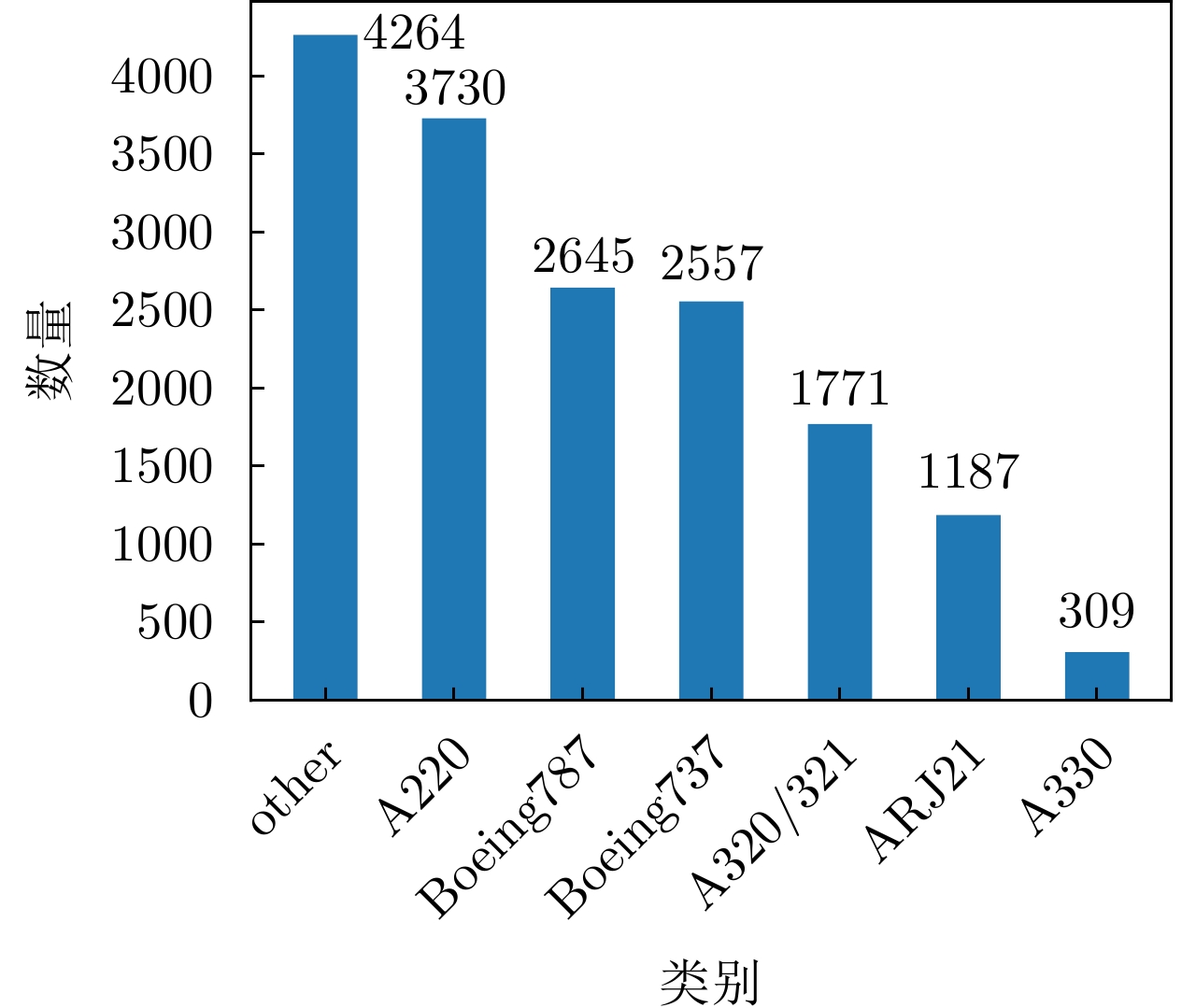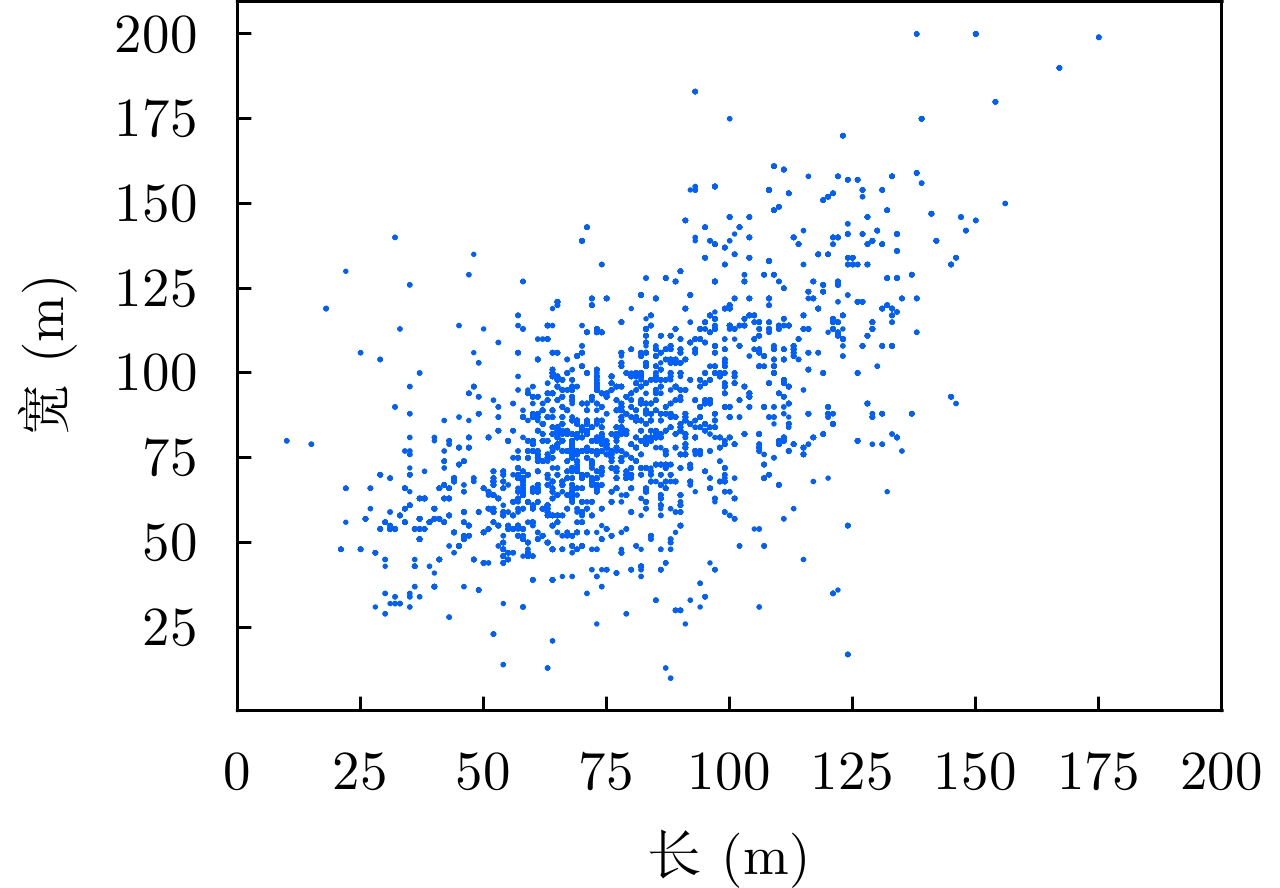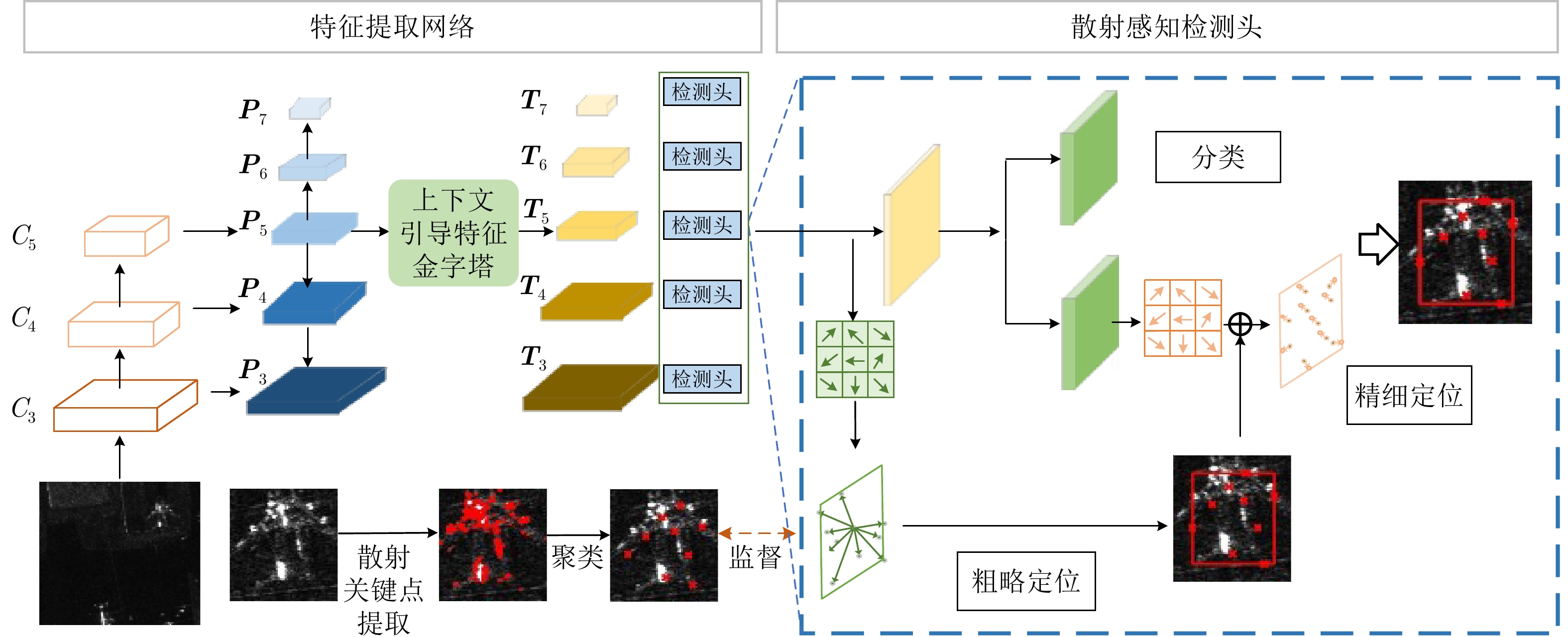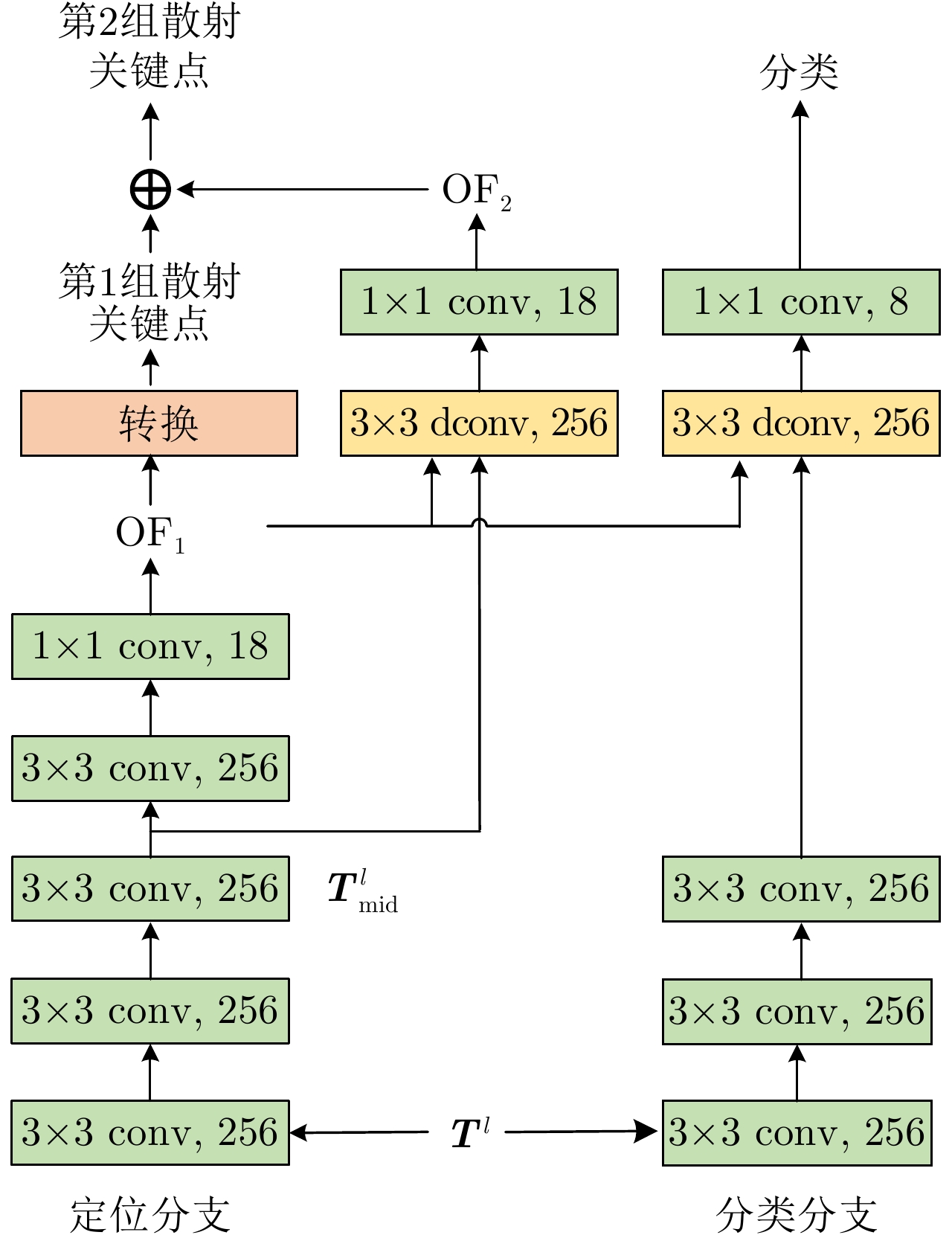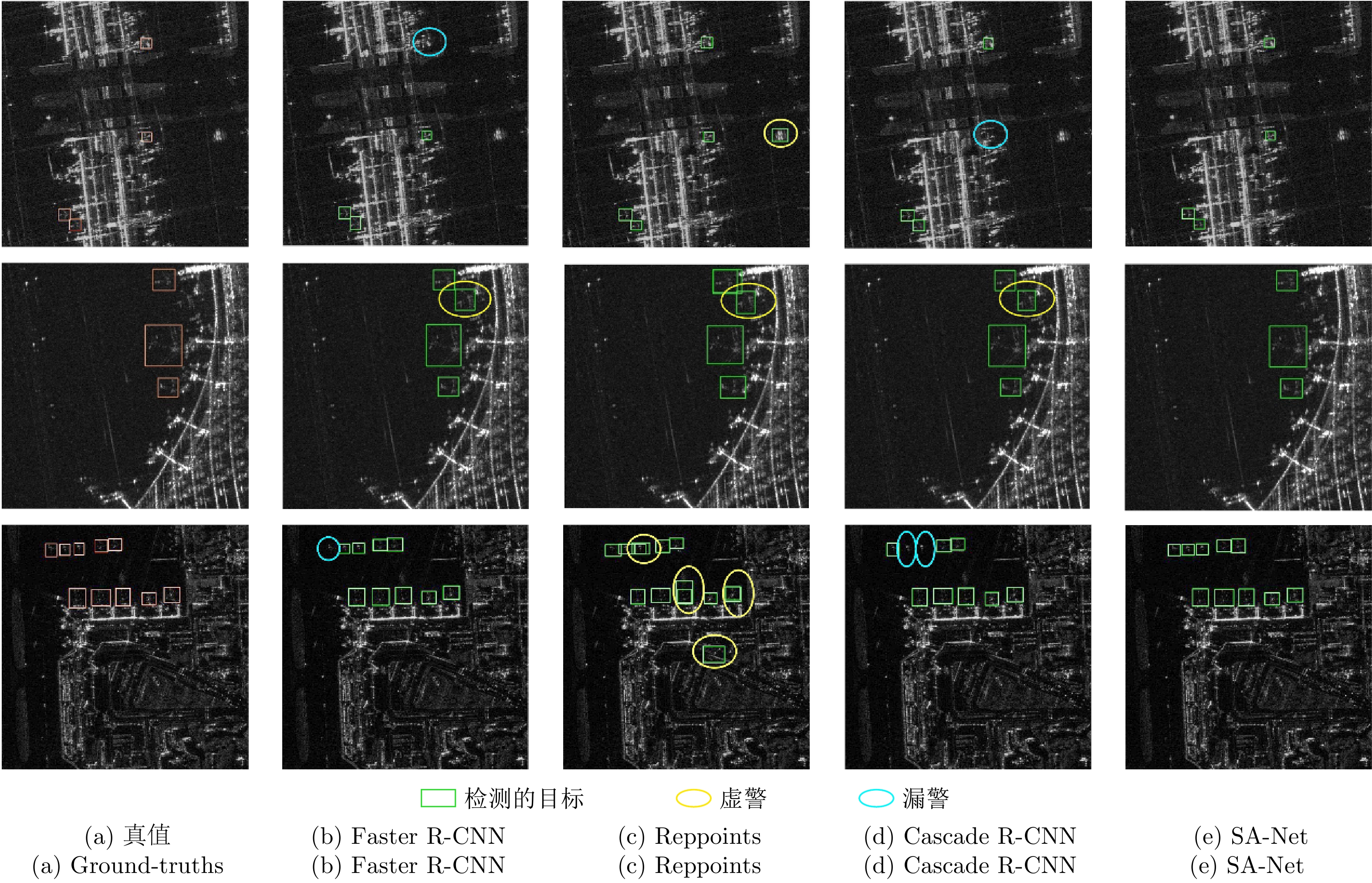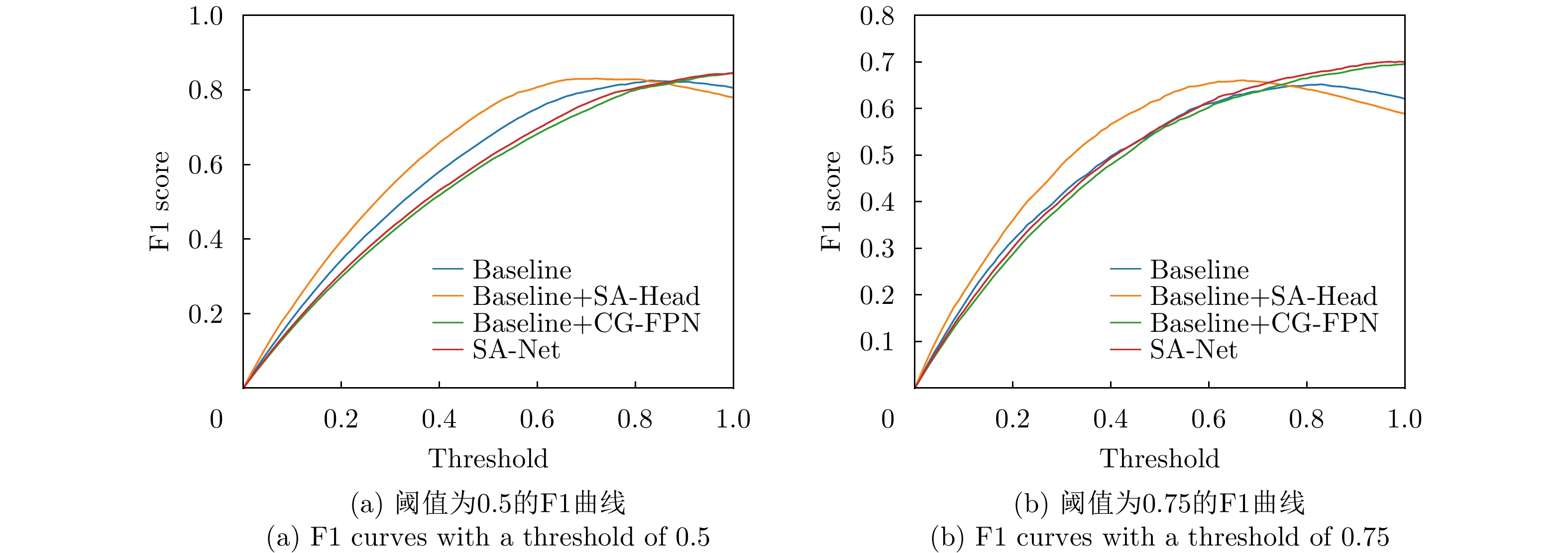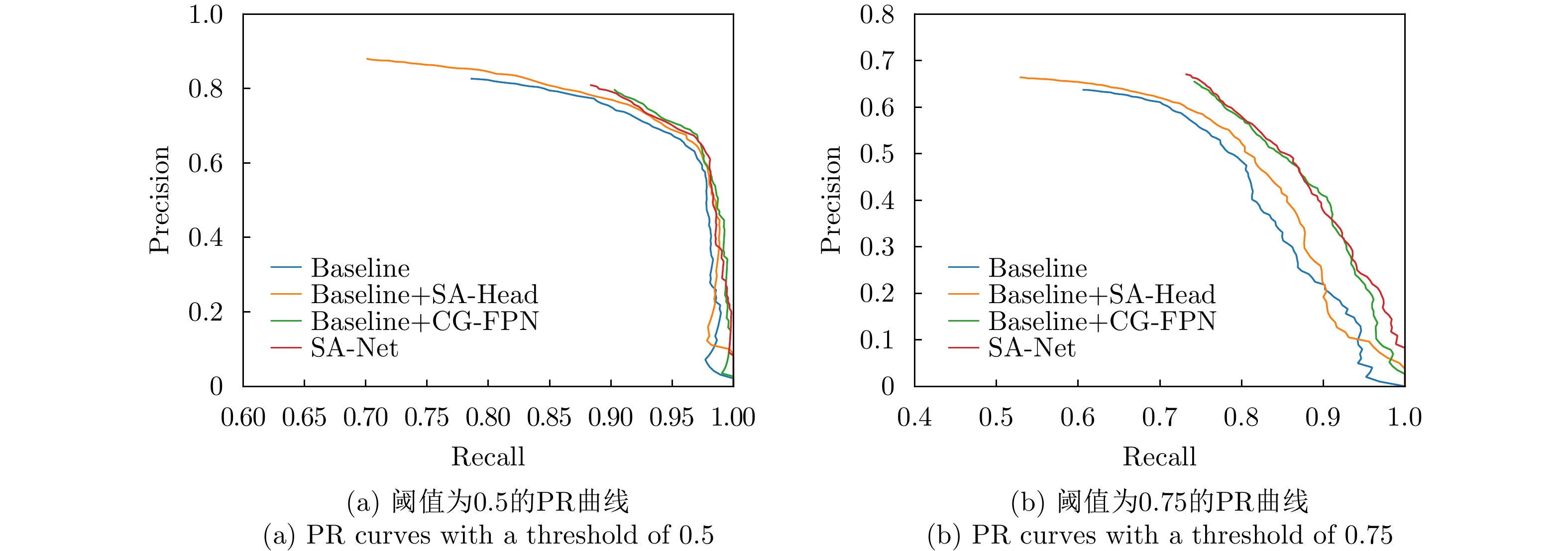| [1] |
FU Kun, FU Jiamei, WANG Zhirui, et al. Scattering-keypoint-guided network for oriented ship detection in high-resolution and large-scale SAR images[J]. IEEE Journal of Selected Topics in Applied Earth Observations and Remote Sensing, 2021, 14: 11162–11178. doi: 10.1109/JSTARS.2021.3109469. |
| [2] |
GUO Qian, WANG Haipeng, and XU Feng. Scattering enhanced attention pyramid network for aircraft detection in SAR images[J]. IEEE Transactions on Geoscience and Remote Sensing, 2021, 59(9): 7570–7587. doi: 10.1109/TGRS.2020.3027762. |
| [3] |
SHAHZAD M, MAURER M, FRAUNDORFER F, et al. Buildings detection in VHR SAR images using fully convolution neural networks[J]. IEEE Transactions on Geoscience and Remote Sensing, 2019, 57(2): 1100–1116. doi: 10.1109/TGRS.2018.2864716. |
| [4] |
ZHANG Zhimian, WANG Haipeng, XU Feng, et al. Complex-valued convolutional neural network and its application in polarimetric SAR image classification[J]. IEEE Transactions on Geoscience and Remote Sensing, 2017, 55(12): 7177–7188. doi: 10.1109/TGRS.2017.2743222. |
| [5] |
FU Kun, DOU Fangzheng, LI Hengchao, et al. Aircraft recognition in SAR images based on scattering structure feature and template matching[J]. IEEE Journal of Selected Topics in Applied Earth Observations and Remote Sensing, 2018, 11(11): 4206–4217. doi: 10.1109/JSTARS.2018.2872018. |
| [6] |
DU Lan, DAI Hui, WANG Yan, et al. Target discrimination based on weakly supervised learning for high-resolution SAR images in complex scenes[J]. IEEE Transactions on Geoscience and Remote Sensing, 2020, 58(1): 461–472. doi: 10.1109/TGRS.2019.2937175. |
| [7] |
CUI Zongyong, LI Qi, CAO Zongjie, et al. Dense attention pyramid networks for multi-scale ship detection in SAR images[J]. IEEE Transactions on Geoscience and Remote Sensing, 2019, 11: 8983–8997. doi: 10.1109/TGRS.2019.2923988. |
| [8] |
ZHANG Jinsong, XING Mengdao, and XIE Yiyuan. FEC: A feature fusion framework for SAR target recognition based on electromagnetic scattering features and deep CNN features[J]. IEEE Transactions on Geoscience and Remote Sensing, 2021, 59(3): 2174–2187. doi: 10.1109/TGRS.2020.3003264. |
| [9] |
ZHAO Yan, ZHAO Lingjun, LI Chuyin, et al. Pyramid attention dilated network for aircraft detection in SAR images[J]. IEEE Geoscience and Remote Sensing Letters, 2021, 18(4): 662–666. doi: 10.1109/LGRS.2020.2981255. |
| [10] |
ZHAO Yan, ZHAO Lingjun, LIU Zhong, et al. Attentional feature refinement and alignment network for aircraft detection in SAR imagery[J]. IEEE Transactions on Geoscience and Remote Sensing, 2022, 60: 5220616. doi: 10.1109/TGRS.2021.3139994. |
| [11] |
FU Jiamei, SUN Xian, WANG Zhirui, et al. An anchor-free method based on feature balancing and refinement network for multiscale ship detection in SAR images[J]. IEEE Transactions on Geoscience and Remote Sensing, 2021, 59(2): 1331–1344. doi: 10.1109/TGRS.2020.3005151. |
| [12] |
SUN Yuanrui, WANG Zhirui, SUN Xian, et al. SPAN: Strong scattering point aware network for ship detection and classification in large-scale SAR imagery[J]. IEEE Journal of Selected Topics in Applied Earth Observations and Remote Sensing, 2022, 15: 1188–1204. doi: 10.1109/JSTARS.2022.3142025. |
| [13] |
郭倩, 王海鹏, 徐丰. SAR图像飞机目标检测识别进展[J]. 雷达学报, 2020, 9(3): 497–513. doi: 10.12000/JR20020. GUO Qian, WANG Haipeng, and XU Feng. Research progress on aircraft detection and recognition in SAR imagery[J]. Journal of Radars, 2020, 9(3): 497–513. doi: 10.12000/JR20020. |
| [14] |
吕艺璇, 王智睿, 王佩瑾, 等. 基于散射信息和元学习的SAR图像飞机目标识别[J]. 雷达学报, 2022, 11(4): 652–665. doi: 10.12000/JR22044. LYU Yixuan, WANG Zhirui, WANG Peijin, et al. Scattering information and meta-learning based SAR images interpretation for aircraft target recognition[J]. Journal of Radars, 2022, 11(4): 652–665. doi: 10.12000/JR22044. |
| [15] |
KANG Yuzhuo, WANG Zhirui, FU Jiamei, et al. SFR-Net: Scattering feature relation network for aircraft detection in complex SAR images[J]. IEEE Transactions on Geoscience and Remote Sensing, 2022, 60: 5218317. doi: 10.1109/TGRS.2021.3130899. |
| [16] |
CHEN Jiehong, ZHANG Bo, and WANG Chao. Backscattering feature analysis and recognition of civilian aircraft in TerraSAR-X images[J]. IEEE Geoscience and Remote Sensing Letters, 2015, 12(4): 796–800. doi: 10.1109/LGRS.2014.2362845. |
| [17] |
SUN Xian, LV Yixuan, WANG Zhirui, et al. SCAN: Scattering characteristics analysis network for few-shot aircraft classification in high-resolution SAR images[J]. IEEE Transactions on Geoscience and Remote Sensing, 2022, 60: 5226517. doi: 10.1109/TGRS.2022.3166174. |
| [18] |
KEYDEL E R, LEE S W, and MOORE J T. MSTAR extended operating conditions: A tutorial[C]. The SPIE 2757, Algorithms for Synthetic Aperture Radar Imagery III, Orlando, USA, 1996: 228–242.
|
| [19] |
HUANG Lanqing, LIU Bin, LI Boying, et al. OpenSARShip: A dataset dedicated to Sentinel-1 ship interpretation[J]. IEEE Journal of Selected Topics in Applied Earth Observations and Remote Sensing, 2018, 11(1): 195–208. doi: 10.1109/JSTARS.2017.2755672. |
| [20] |
LI Jianwei, QU Changwen, and SHAO Jiaqi. Ship detection in SAR images based on an improved faster R-CNN[C]. 2017 SAR in Big Data Era: Models, Methods and Applications (BIGSARDATA), Beijing, China, 2017: 1–6.
|
| [21] |
WANG Yuanyuan, WANG Chao, ZHANG Hong, et al. A SAR dataset of ship detection for deep learning under complex backgrounds[J]. Remote Sensing, 2019, 11(7): 765. doi: 10.3390/rs11070765. |
| [22] |
孙显, 王智睿, 孙元睿, 等. AIR-SARShip-1.0: 高分辨率SAR舰船检测数据集[J]. 雷达学报, 2019, 8(6): 852–862. doi: 10.12000/JR19097. SUN Xian, WANG Zhirui, SUN Yuanrui, et al. AIR-SARShip-1.0: High-resolution SAR ship detection dataset[J]. Journal of Radars, 2019, 8(6): 852–862. doi: 10.12000/JR19097. |
| [23] |
WEI Shunjun, ZENG Xiangfeng, QU Qizhe, et al. HRSID: A high-resolution SAR images dataset for ship detection and instance segmentation[J]. IEEE Access, 2020, 8: 120234–120254. doi: 10.1109/ACCESS.2020.3005861. |
| [24] |
HOU Xiyue, AO Wei, SONG Qian, et al. FUSAR-Ship: Building a high-resolution SAR-AIS matchup dataset of Gaofen-3 for ship detection and recognition[J]. Science China Information Sciences, 2020, 63(4): 140303. doi: 10.1007/s11432-019-2772-5. |
| [25] |
ZHANG Peng, XU Hao, TIAN Tian, et al. SEFEPNet: Scale expansion and feature enhancement pyramid network for SAR aircraft detection with small sample dataset[J]. IEEE Journal of Selected Topics in Applied Earth Observations and Remote Sensing, 2022, 15: 3365–3375. doi: 10.1109/JSTARS.2022.3169339. |
| [26] |
|
| [27] |
HU Jie, SHEN Li, and SUN Gang. Squeeze-and-excitation networks[C]. IEEE/CVF Conference on Computer Vision and Pattern Recognition, Salt Lake City, USA, 2018: 7132–7141.
|
| [28] |
SUN Yuanrui, SUN Xian, WANG Zhirui, et al. Oriented ship detection based on strong scattering points network in large-scale SAR images[J]. IEEE Transactions on Geoscience and Remote Sensing, 2021, 60: 5218018. doi: 10.1109/TGRS.2021.3130117. |
| [29] |
HUANG Lichao, YANG Yi, DENG Yafeng, et al. DenseBox: Unifying landmark localization with end to end object detection[J]. arXiv preprint arXiv: 1509.04874, 2015.
|
| [30] |
MIKOLAJCZYK K and SCHMID C. Scale & affine invariant interest point detectors[J]. International Journal of Computer Vision, 2004, 60(1): 63–86. doi: 10.1023/B:VISI.0000027790.02288.f2. |
| [31] |
OLUKANMI P O, NELWAMONDO F, and MARWALA T. K-means-MIND: An efficient alternative to repetitive k-means runs[C]. 2020 7th International Conference on Soft Computing & Machine Intelligence (ISCMI), Stockholm, Sweden, 2020: 172–176.
|
| [32] |
DAI Jifeng, QI Haozhi, XIONG Yuwen, et al. Deformable convolutional networks[C]. 2017 IEEE International Conference on Computer Vision, Venice, Italy, 2017: 764–773.
|
| [33] |
FAN Haoqiang, SU Hao, and GUIBAS L. A point set generation network for 3d object reconstruction from a single image[C]. 2017 IEEE Conference on Computer Vision and Pattern Recognition, Honolulu, USA, 2017: 2463–2471.
|
| [34] |
LIN T Y, GOYAL P, GIRSHICK R, et al. Focal loss for dense object detection[C]. 2017 IEEE International Conference on Computer Vision, Venice, Italy, 2017: 2999–3007.
|
| [35] |
HE Kaiming, ZHANG Xiangyu, REN Shaoqing, et al. Deep residual learning for image recognition[C]. 2016 IEEE Conference on Computer Vision and Pattern Recognition, Las Vegas, USA, 2016: 770–778.
|
| [36] |
GIRSHICK R. Fast R-CNN[C]. 2015 IEEE International Conference on Computer Vision, Santiago, Chile, 2015: 1440–1448.
|
| [37] |
CAI Zhaowei and VASCONCELOS N. Cascade R-CNN: Delving into high quality object detection[C]. 2018 IEEE/CVF Conference on Computer Vision and Pattern Recognition, Salt Lake City, USA, 2018: 6154–6162.
|
| [38] |
YANG Ze, LIU Shaohui, HU Han, et al. RepPoints: Point set representation for object detection[C]. 2019 IEEE/CVF International Conference on Computer Vision, Seoul, Korea, 2019: 9656–9665.
|
| [39] |
XIE Saining, GIRSHICK R, DOLLÁR P, et al. Aggregated residual transformations for deep neural networks[C]. 2017 IEEE Conference on Computer Vision and Pattern Recognition, Honolulu, USA, 2017: 5987–5995.
|
| [40] |
LIU Ze, LIN Yutong, CAO Yue, et al. Swin transformer: Hierarchical vision transformer using shifted windows[C]. 2021 IEEE/CVF International Conference on Computer Vision, Montreal, Canada, 2021: 9992–10002.
|
| [41] |
TIAN Zhi, SHEN Chunhua, CHEN Hao, et al. FCOS: Fully convolutional one-stage object detection[C]. 2019 IEEE/CVF International Conference on Computer Vision, Seoul, Korea, 2019: 9626–9635.
|




 Submit Manuscript
Submit Manuscript Peer Review
Peer Review Editor Work
Editor Work





 DownLoad:
DownLoad:

